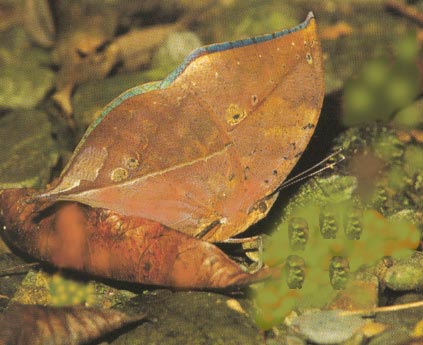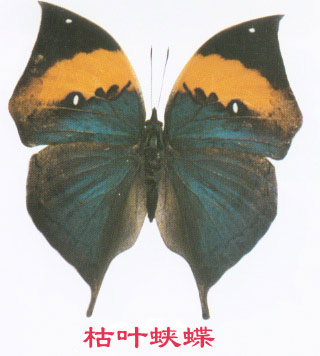All four stages of butterfly life from egg to adult are attacked by natural enemies. The egg stage is often parasitized by insects from the superfamily Vespa; the larval stage is the most vulnerable to predation. Birds, carabid beetles, wasps, wasps, and bug bugs are the main predatory natural enemies of butterfly larvae. Parasitic flies and braconid wasps are the main predatory natural enemies of butterfly larvae. Bees and wasps often parasitize in their bodies, and they are often infected by bacteria, fungi and viruses; the natural enemies of the pupae include hornets, wasps, wasps, etc.; the natural enemies of adults include birds, dragonflies, robber flies, spiders, Wasp et al.

Butterflies are unable to resist parasitic natural enemies and can only compensate for the loss of populations by increasing their reproductive numbers. Butterflies take active defense measures against predatory natural enemies and have various prevention mechanisms.

It’s hard to tell the truth from the false-Withered leaf butterfly
Kallina is perhaps the most frequently cited example of natural camouflage in animals. When at rest, its front and rear wings form a large, oval-shaped blade with a handle. Its color is basically the same as that of dead leaves. The pattern on the back of the wing has a "midrib" or even "flaws" such as "holes" and "mildew spots". These butterflies imitate the natural form of dead leaves so accurately that naturalists continue to marvel at them.
animal tags:
We created this article in conjunction with AI technology, then made sure it was fact-checked and edited by a Animals Top editor.